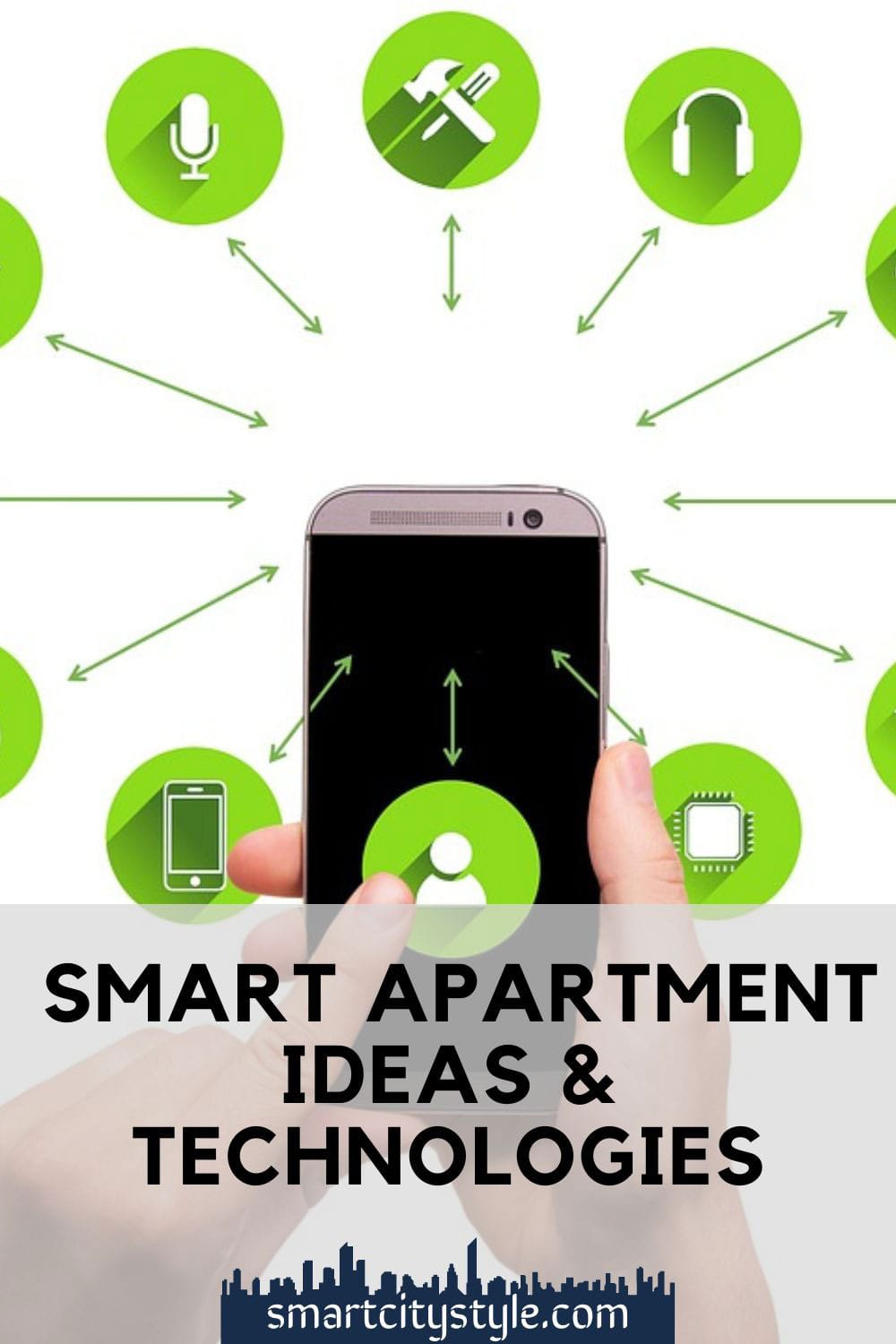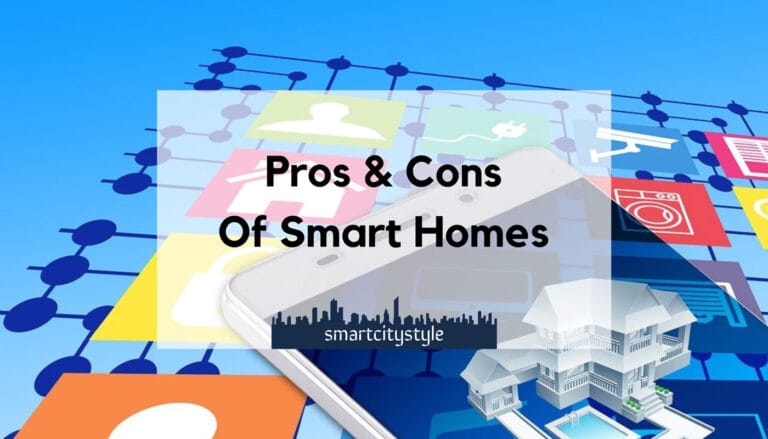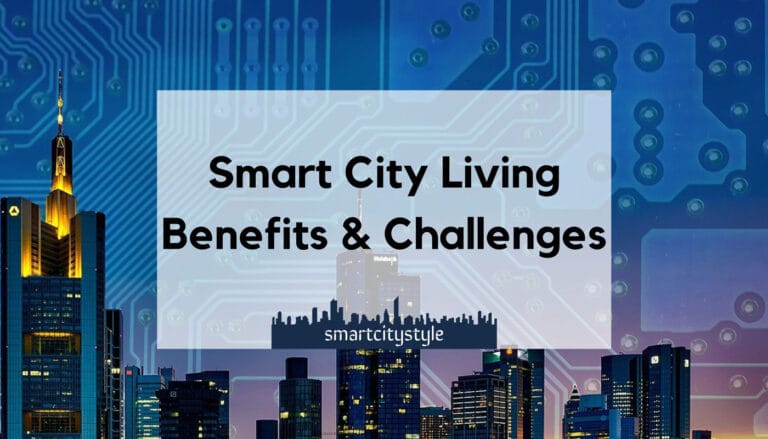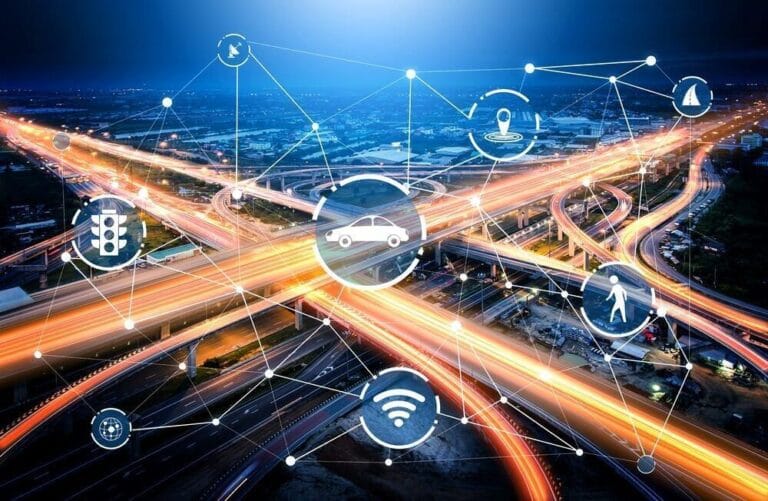Smart Home Essentials: 10 Smart Devices That Are Really Useful
Smart homes are in. These energy-efficient, amenity-rich, and seamlessly integrated homes are becoming more and more prevalent in the housing market. Including features such as digital security, automated climate control, and remote-controlled cleaning, these living spaces are helping to usher the world’s city-dwelling population into modernity over and over again!
This article will help to illustrate how ten key smart home devices will make your home whir like a well-oiled machine – literally.
Smart Home Essentials
1. Smart Thermostats
A smart thermostat is a Wi-Fi-enabled device that adjusts temperature settings in your home automatically for optimal performance.
What does this mean, exactly? Some details need to be fleshed out.
First, you need a Wi-Fi connection to get started with a smart thermostat. Once you do, you’re enabling a system to learn. That’s the function of AI and other related technologies, which adapt and improve their performance based on changing conditions.

The smart thermostat will adjust the temperature in either direction based on the internal temperature of your home, and some will even do so based on external weather patterns.
A smart thermostat is also ideal for energy efficiency. Because it adjusts and adapts automatically, it will learn your preferences and set temperatures when you’re asleep, away, inside the house, outside the house, and more. This means that the thermostat won’t set a constant temperature, which would waste energy.
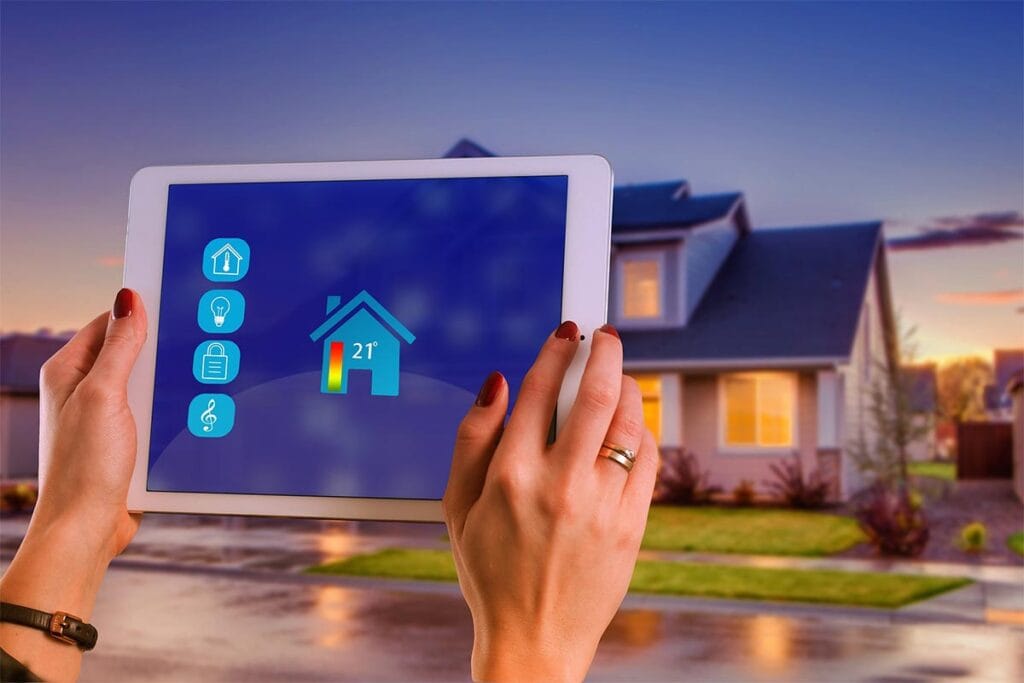
One of the other principal features of automated climate control is, well, just that – it gives you control over your environment. It does so by giving your smartphone access to a virtual “control panel” that you can trigger even when far away from your home.
Lastly, you have metrics. You can track usage and take advantage of analytics to manage your equipment. Pretty convenient, huh? That’s the bottom line: smart “anything” learns and adapts to changing conditions.
2. Smart Lighting Systems
Smart lighting is an advanced system that will light your home based on voice-cued, digitally-mediated, and automated information.
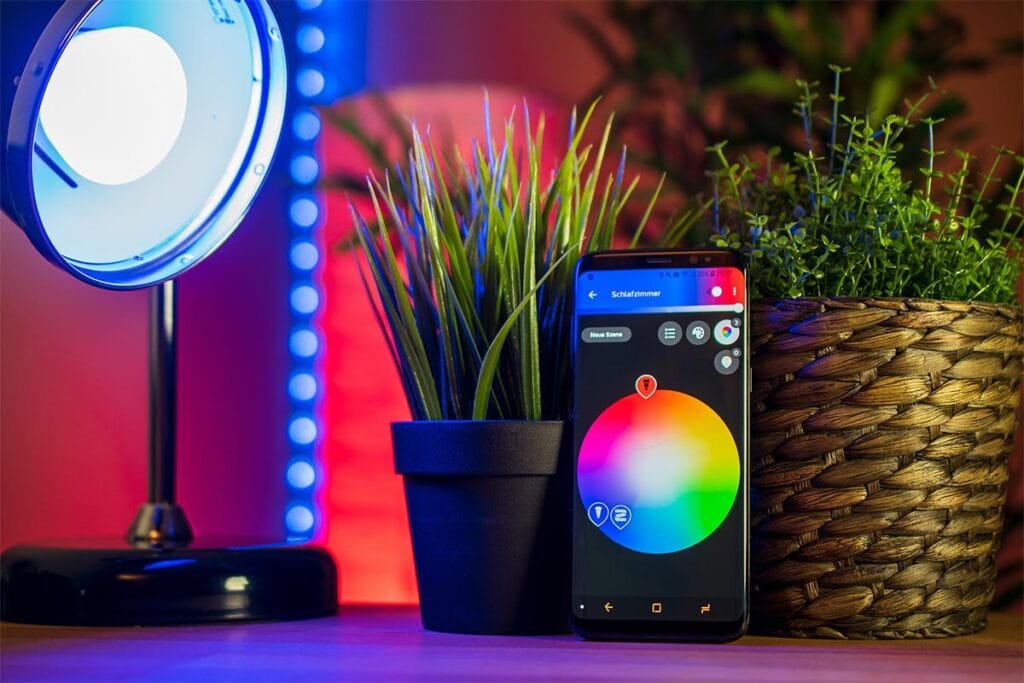
Let’s start with smart light bulbs. These are the basic building blocks of smart lighting systems. Smart light bulbs contain encoded internal software that connects to a mobile app, smart home assistant, or another smart platform.
This connection allows you to control your lighting preferences for each light bulb remotely. Another feature of smart lights is motion detection with smart capabilities. The most advanced lighting systems will have voice cues, motion detection, “memory” (storing your preferences), and remote control access.
3. Smart Security Cameras
A smart security camera contains many features that allow for maximum safety in your home. Their primary purpose: to deter crime, including burglary, theft, and any type of property vandalism.
Another feature of smart home security cameras is aiding police in identifying and even arresting perpetrators. These home security systems upload digital images and video to the cloud, where law enforcement can access them in real-time.
4. Smart Door Locks
Smart door locks use digital technology to trigger a door lock’s locking or unlocking mechanism. The purpose of this smart device is, through advanced tech, to facilitate access to your home without a key. The primary way they work is through remote smartphone access, either via Wi-Fi or Bluetooth.
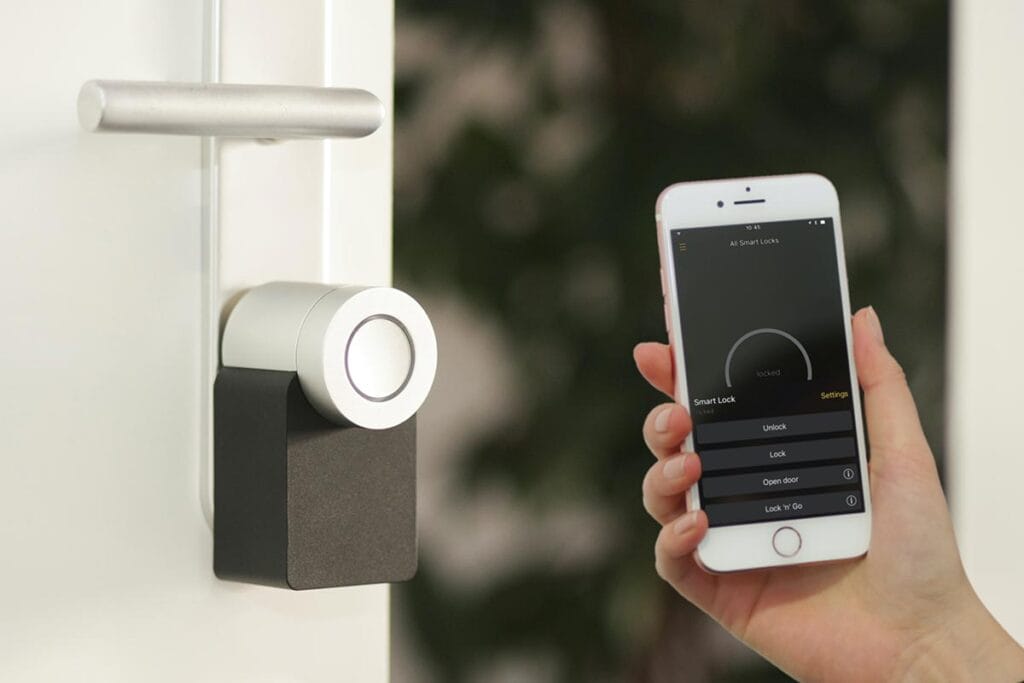
A cool feature of smart lock apps is that if you’re in a family, you can share keys across the internet (also helpful if your neighbor, nanny, or dog-walker needs to get in and out).
5. Smart Speakers
Attention all audiophiles: smart speakers are a sure bet for your smart home. These speakers function similarly to all the abovementioned essentials: through voice cues, remote control, and virtual assistants, all over Wi-Fi or Bluetooth.
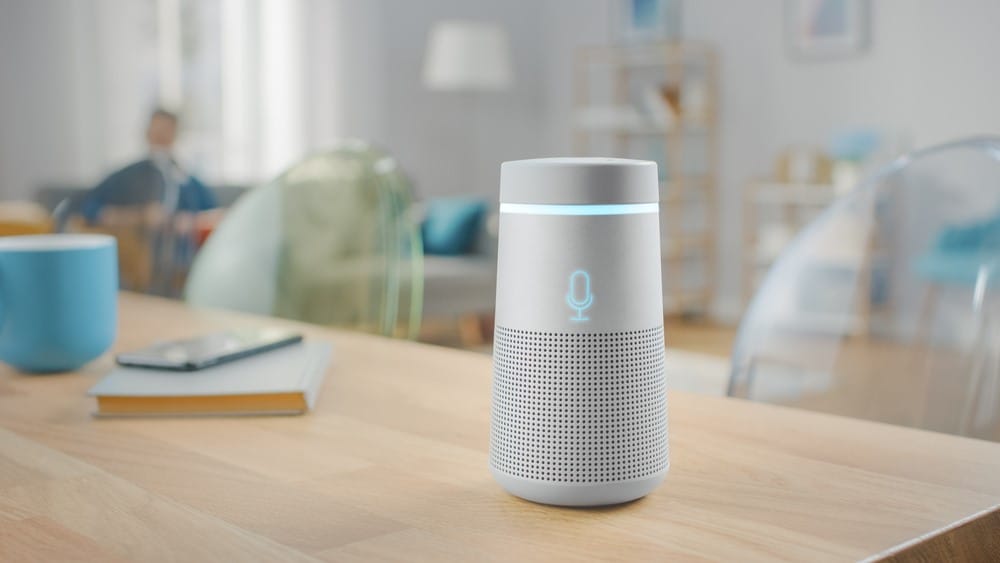
But they have even more features than just playing music seamlessly. Smart speakers can answer questions, set timers and alarms, and serve as a technological smart home hub in your home to control any other smart devices. In short, smart speakers are awesome.
6. Smart Plugs
Smart plugs are simply power adapters that run off Wi-Fi that go into a conventional electrical socket in your home. A smart plug can also dictate and control the flow of electricity to all connected smart home devices.
Again, like the other smart essentials, you can control them via remote access through a mobile app – or, alternately, from a smart speaker (did we mention smart speakers are awesome?). You can also give smart plugs vocal cues from virtual assistants like Amazon Alexa or Google Home.
7. Smart Smoke Detectors
These nifty gadgets offer bilateral protection to keep your smart home safe. Similar to a conventional smoke detector, they will obviously ring if there’s a fire anywhere in or around your home.
The complementary feature that a smart smoke detector offers is its ability to alert you to smoke or fire if you’re not home. This is massively convenient because you can call 911 instantaneously upon receiving this information.
8. Smart Water Leak Detectors
Leak detectors are just what they sound like hooked into the flow of water in your home, they alert you when there is a water leak anywhere in or around your property.
Smart leak detectors take this alert a step further: they connect to smartphone apps via Wi-Fi, wherein you can customize shut-off settings, adapting to and learning from your home’s usage patterns.
9. Smart Air Purifiers
Beginning to see a trend? Well, smart air purifiers are no exception. Their primary function and purpose–to filter the air in your home at a granular level–remains the same.
This smart device goes beyond conventional air purifiers in their smartphone access, which lets you customize settings, control on/off functionalities, and track pollution levels in your home.
10. Smart Vacuums
Last but not least, we have the mighty smart vacuums. These are essentially robots that perform the functions of a typical vacuum but are automated (self-propelled), and they learn on the job.
Their highly efficient external design and programmed cleaning functions allow them to do cleaning work at a very high level without you lifting a finger.
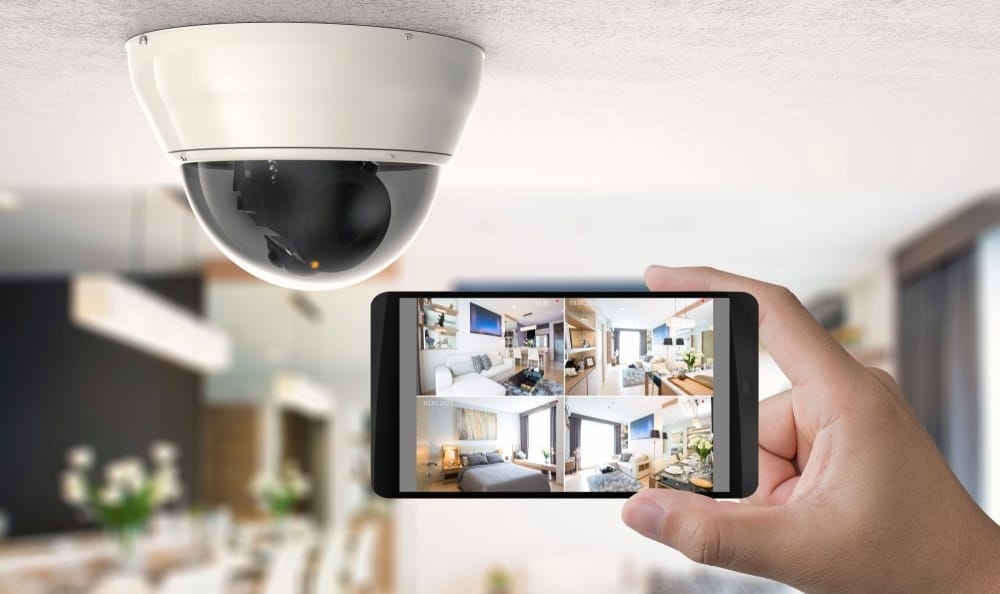
Features and Benefits of Smart Home Essentials
Let’s briefly go over the features and benefits of having smart essentials in your smart home:
- Remote Control Access. Remote access allows you to do just about anything at the touch of a button, even when you’re away from home. Use your smartphone or smartwatch to unlock a smart lock and let people into your home or adjust the lighting or thermostat if you’re on your way home from work.
- Energy Efficiency. Depending on what devices you have, smart homes can save energy (and the cost of energy bills) by turning off lights when not in use, monitoring for water leaks, controlling sprinkler settings, and optimizing your heating and cooling.
- Enhanced Home Security. Smart home security systems give you 24/7 smart camera monitoring and a direct connection to law enforcement and other emergency services, and you can access it all from your smartphone.
- Voice Control. Adjust your thermostat, outlets, and lighting, and control smart appliances and smart switches with the sound of your voice. There are even garbage cans, water faucets, and window blinds that you can control using your smart home assistant.
- Automated Alerts and Notifications. One of the best things about smart home technology is that you always know what’s going on in and around your property. You can get an alert when someone comes to your front door or enters the security code or if the temperature gets too hot or too cold.
Inspired? Pin it!
